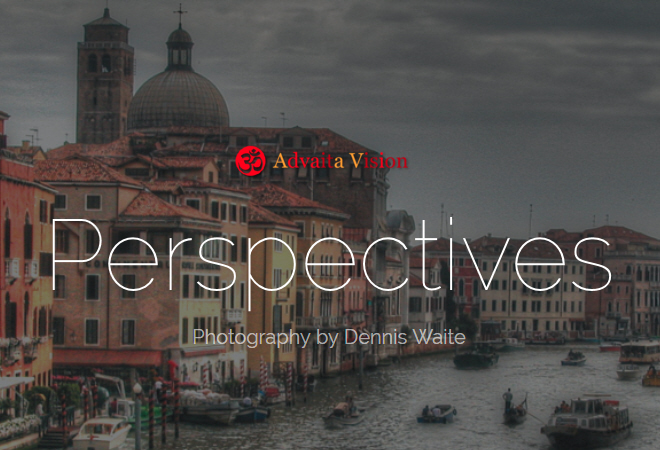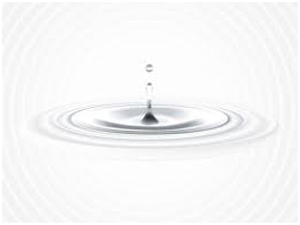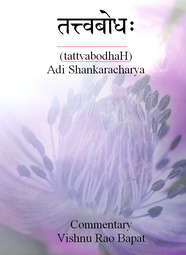 Ever since I began the site at advaita.org.uk, I have been using my own photographs (principally digitally enhanced flower photos) to illustrate the pages. Photography has been one of my main hobbies since early childhood and I have thousands archived. I recently started to build a portfolio of the best of these at 500px and I will be updating this on a regular basis, adding those that are voted for by the 500px community and removing the low-scoring ones. Please feel free to visit there to browse when you want a break from the mental struggle with Advaita! I have retained the Advaita VIsion logo and also advertize my books there! The portfolio is called Advaita Vision Perspectives. There is a new menu item at the top right to ‘Photos‘.
Ever since I began the site at advaita.org.uk, I have been using my own photographs (principally digitally enhanced flower photos) to illustrate the pages. Photography has been one of my main hobbies since early childhood and I have thousands archived. I recently started to build a portfolio of the best of these at 500px and I will be updating this on a regular basis, adding those that are voted for by the 500px community and removing the low-scoring ones. Please feel free to visit there to browse when you want a break from the mental struggle with Advaita! I have retained the Advaita VIsion logo and also advertize my books there! The portfolio is called Advaita Vision Perspectives. There is a new menu item at the top right to ‘Photos‘.
Monthly Archives: April 2015
Should I stop enquiring???????
 Should I stop enquiring???????
Should I stop enquiring???????
Vijay Pargaonkar
(मुञ्डकोपनिषत्) MundakaUpanishat 3-2-9
“Anyone who knows that supreme Brahman becomes Brahman indeed……….”
My search for Brahman started with aparokshAnubhUti (supposedly written by Shankaracharya) where it is stated that knowledge of liberation is obtained through enquiry. It then goes on to explain what constitutes enquiry: (अपरोक्षानुभूती) aparokshaAnubhUti (Shloka #11 & #12) (translation by Vimuktananda)
“Knowledge is not brought about by any other means than Vichara (Enquiry), just as an object is nowhere perceived (seen) without the help of light”.
“Who am I? How is this (world) created? Who is its creator? Of what material is this (world) made? This is the way of that Vichara (Enquiry)”. Continue reading
Vedanta the Solution – Part 17
VEDĀNTA the solution to our fundamental problem by D. Venugopal
Part 17 addresses the changes in lifestyle needed to enable us to become successful seekers. These include fasting, silence, breath control, prayer, karma yoga and renunciation.
There is a complete Contents List, to which links are added as each new part appears.
Tattvabodha – Part 2
 Part 2 of the commentary by Dr. VIshnu Bapat on Shankara’s Tattvabodha.This is a key work which introduces all of the key concepts of Advaita in a systematic manner.
Part 2 of the commentary by Dr. VIshnu Bapat on Shankara’s Tattvabodha.This is a key work which introduces all of the key concepts of Advaita in a systematic manner.
The commentary is based upon those by several other authors, together with the audio lectures of Swami Paramarthananda. It includes word-by-word breakdown of the Sanskrit shloka-s so should be of interest to everyone, from complete beginners to advanced students.
Part 2 provides an introduction to the series and begins the discussion of sAdhana chatuShTAya sampatti. There is also a hyperlinked Contents List, which will be updated as each new part is published.
Q. 371 – Deep-sleep state
Q: In advaita, we use the recall of a “good deep sleep” as a very important argument for proving continued presence of awareness… the question is, how does this recall happen? We have a process in advaita by which ‘the presence of a pot is known’. How is deep sleep known? Or – How is the fact that one slept well, recalled?
Responses from Dhanya, Ramesam, Martin, Ted and Dennis
A (Dhanya): When I was a child, there was a TV show I liked to watch. It was called ‘You Are There.’ As I recall, the show depicted a famous scene from history, and then ‘you’ (meaning in this case the narrator), magically showed up in the scene and got to ask the historical figures all sorts of questions. (I guess I should Google it to make sure I recall the details of the show correctly). Anyway, I do remember that I enjoyed the show, and often these days recall the title, because one could ask oneself the question, ‘How is anything known?’ and the answer would be because ‘You are There!’ The whole point of deep sleep in the teachings of Vedanta is to is highlight ‘You are There’ Your nature is consciousness, i.e. that by which anything is known. The absence of any thing is also known. Thus one can recall the fact that one slept well. Why? Because You are There. Continue reading
Modern knowledge and the Vedas
Do the Vedas really contain any advanced knowledge as so many people claim they do? QUORA
15.3.15 – I’d say the Vedas contain the most fundamental and ‘advanced’ knowledge there is, though mostly portrayed in the form of paradox (analogy, metaphor, story, etc.), so that one has to crack the code in order to find the wealth hidden in them. That knowledge is not like empirical science, which is cumulative and provisional, and which could be said to be somehow contained in it, even if in embryonic or potential form. That knowledge or perspective is metaphysical rather than mystical. According to the Vedas there is one and only one reality: consciousness (brahman, the Absolute, etc.), which pervades the whole universe; it is immanent in it as well as transcendent… “the smallest of the small, the largest of the large”. It cannot be measured out or understood by the mind, for which it is ineffable, but it is that by which the mind comprehends… it cannot be expressed in words but by which the tongue speaks… it is eye of the eye, ear of the ear, mind of the mind, as expressed in the Upanishads.
Modern physics is having a hard time trying to explain away what consciousness is in terms of physical phenomena (neuronal activity in the brain), but consciousness is not just an irreducible phenomenon or datum; it is reality itself, everything being comprehended in it (theories, doubts, projections, emotions, things, thoughts, intelligence, observer and observed, you and I). The part (for instance, an ‘external’ observer) cannot understand the whole into which he/she is enclosed. For the Vedas, to repeat, reality is one, and contemporary physics is trying to find out in which way it is so (‘theory of everything’, ‘unified field’…). Not all physicists are reductionist, some of them having seemingly mutated into philosophers with a workable understanding of the core of Vedic teachings.
Q. 370 – nirvikalpa samAdhi
Q: Should a person have compulsorily experienced nirvikalpa-samādhi in order to know that he has a mind which is prepared for jñāna? In other words, is experience of nirvikalpa-samādhi a must as a sādhana?
Responses from Venkat, Martin, Ted, Shuka and Dennis
A (Venkat): Nirvikalpa-samAdhi is an experience of the absence of objects, for a finite period of time, which the experiencer eventually exits to re-perceive the world. As it is not permanent, it is not real. Any temporary experience that is witnessed cannot be a pre-requisite for j~nAna – since j~nAna is the permanent dissolution of the illusory I-thought.
“Abiding permanently in any of these samadhis, either savikalpa or nirvikalpa, is sahaja. What is body consciousness? It is the insentient body plus consciousness. Both of these must lie in another consciousness which is absolute and unaffected and which remains as it always is, with or without the body consciousness. What does it matter whether the body consciousness is lost or retained, provided one is holding on to that pure consciousness? Total absence of body consciousness has the advantage of making the samadhi more intense, although it makes no difference to the knowledge of the supreme.” – Sri Ramana Maharshi Continue reading

